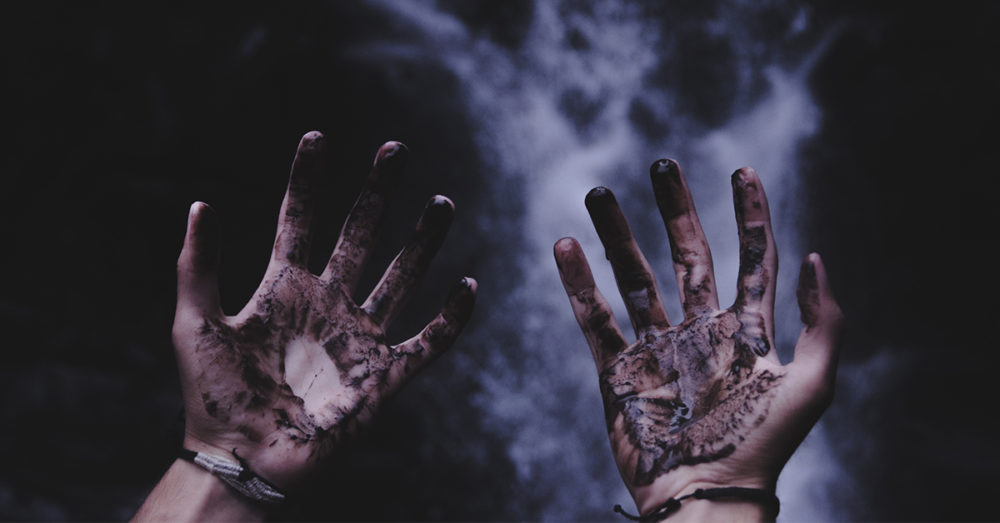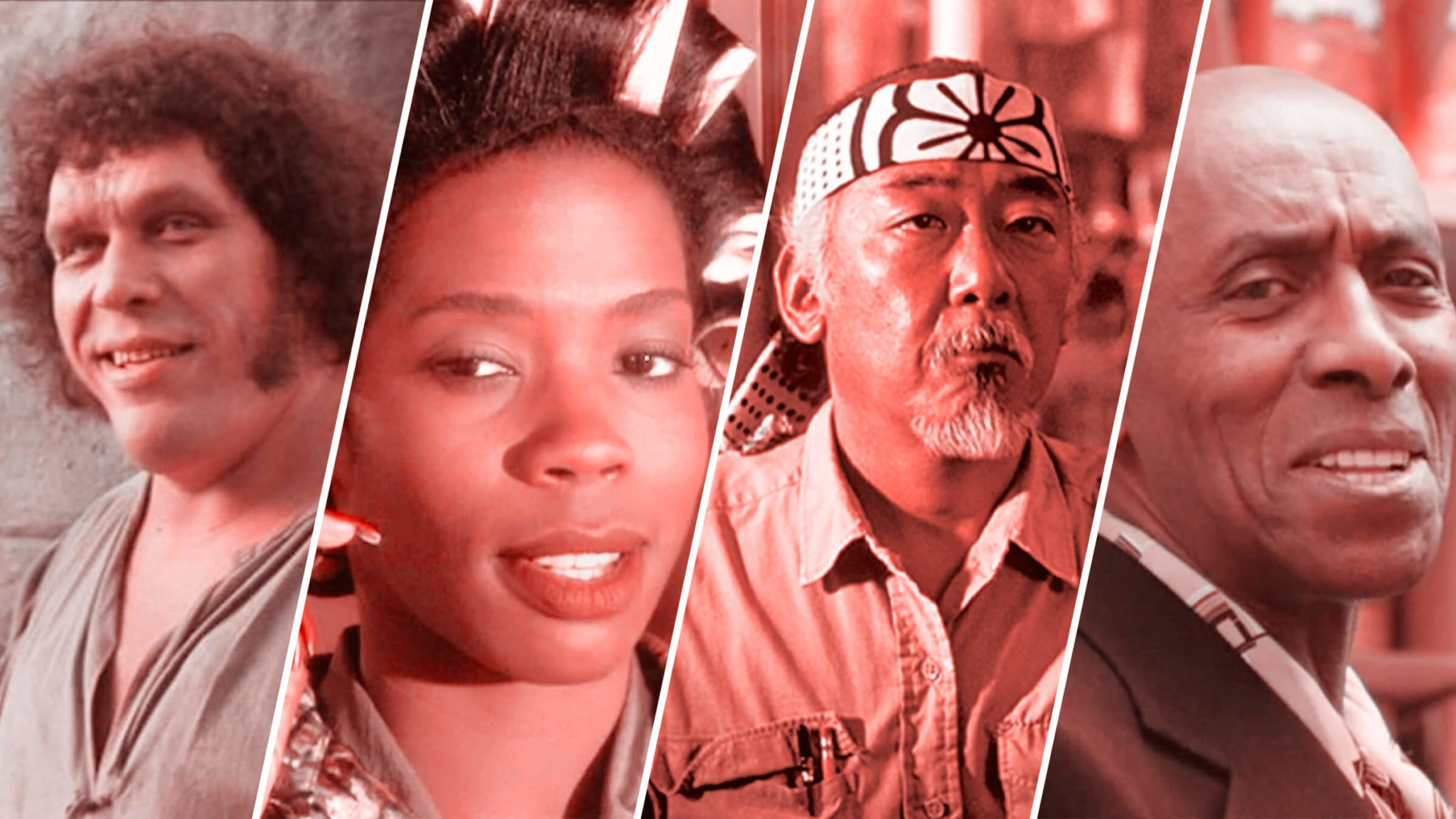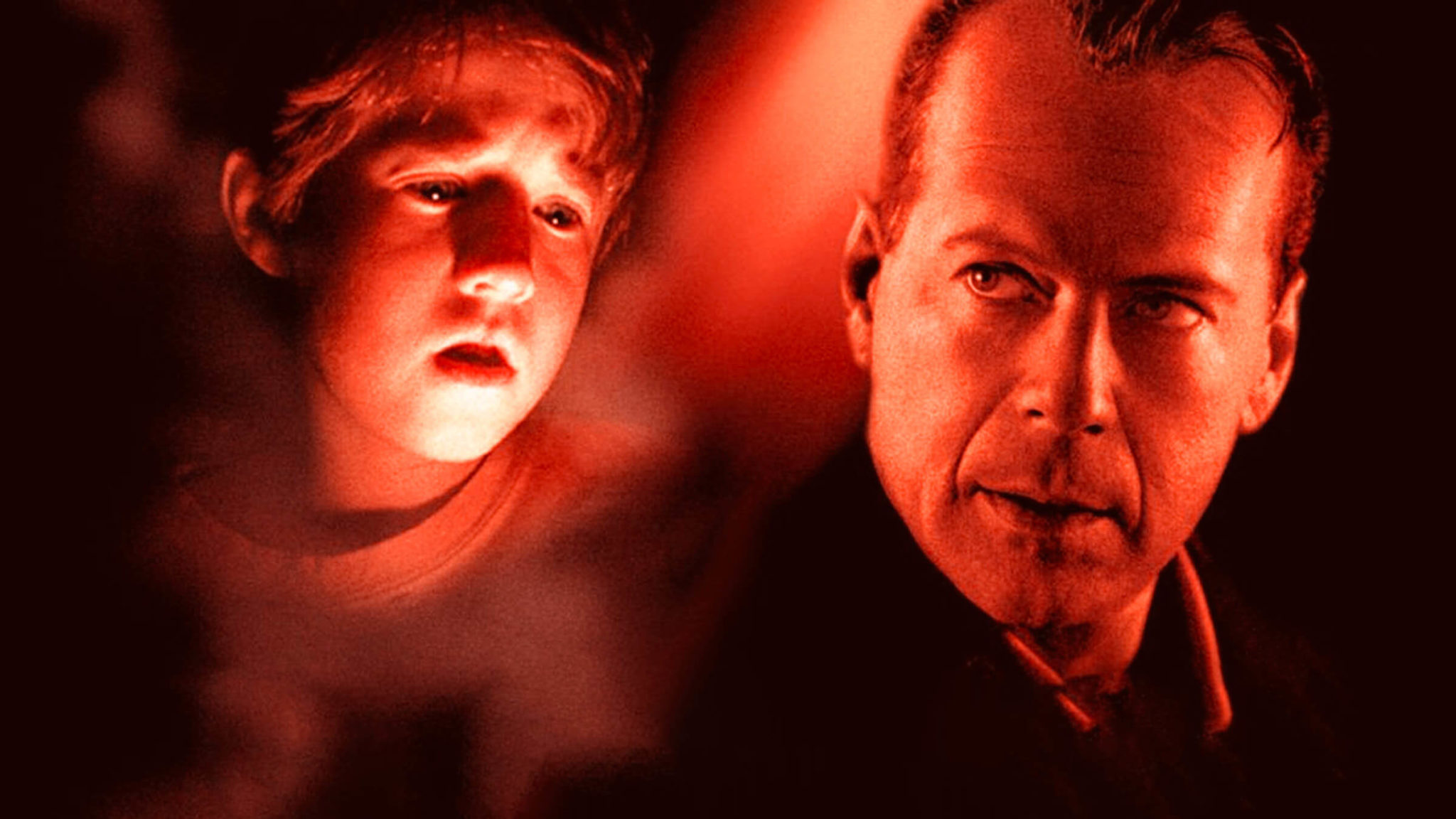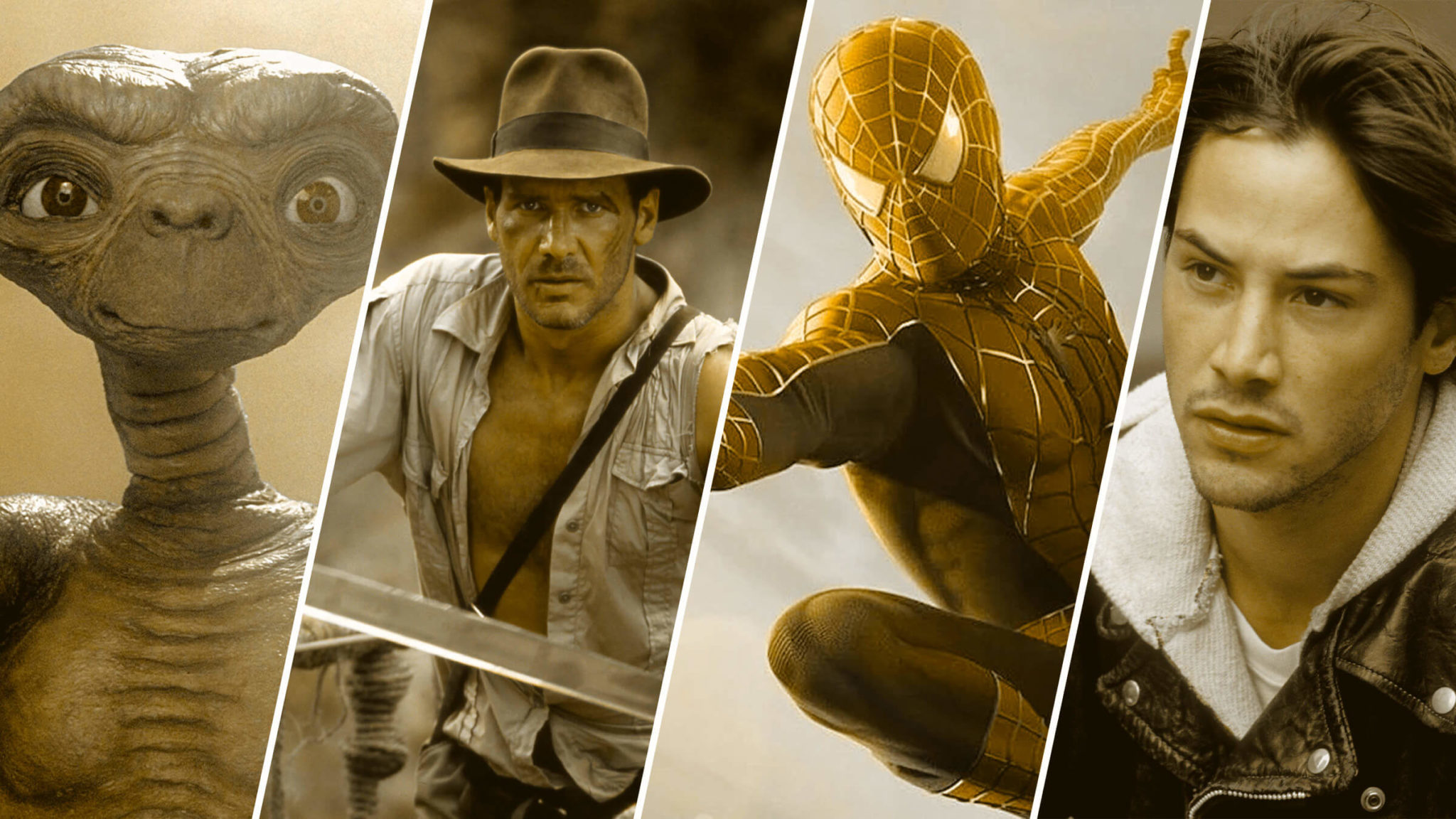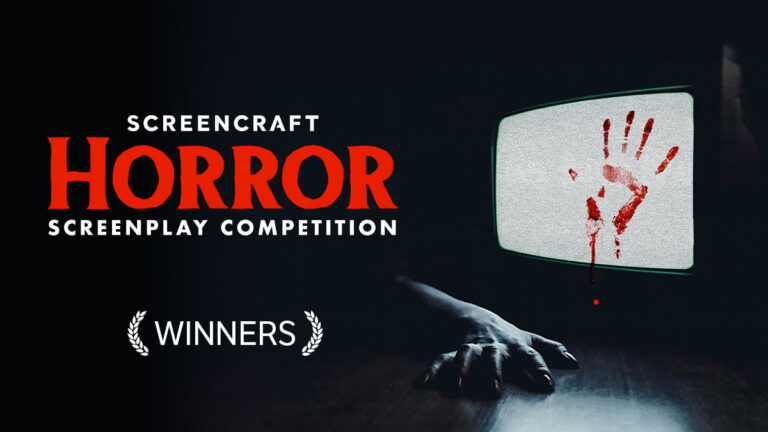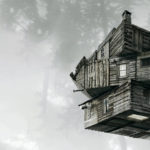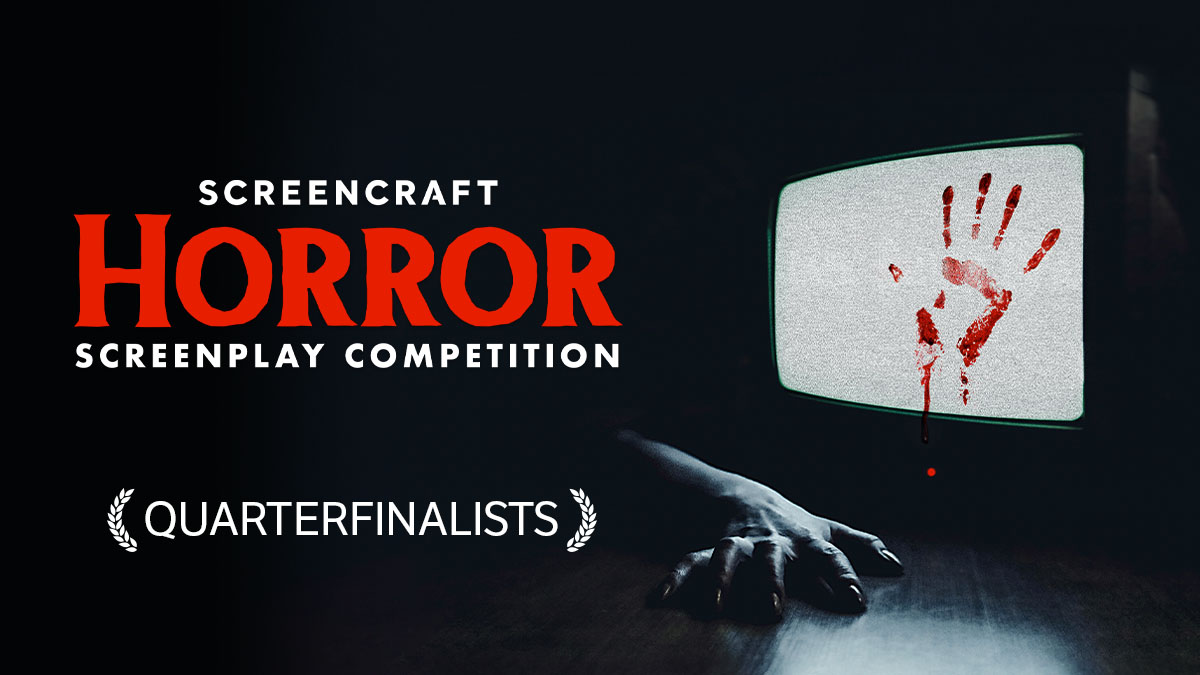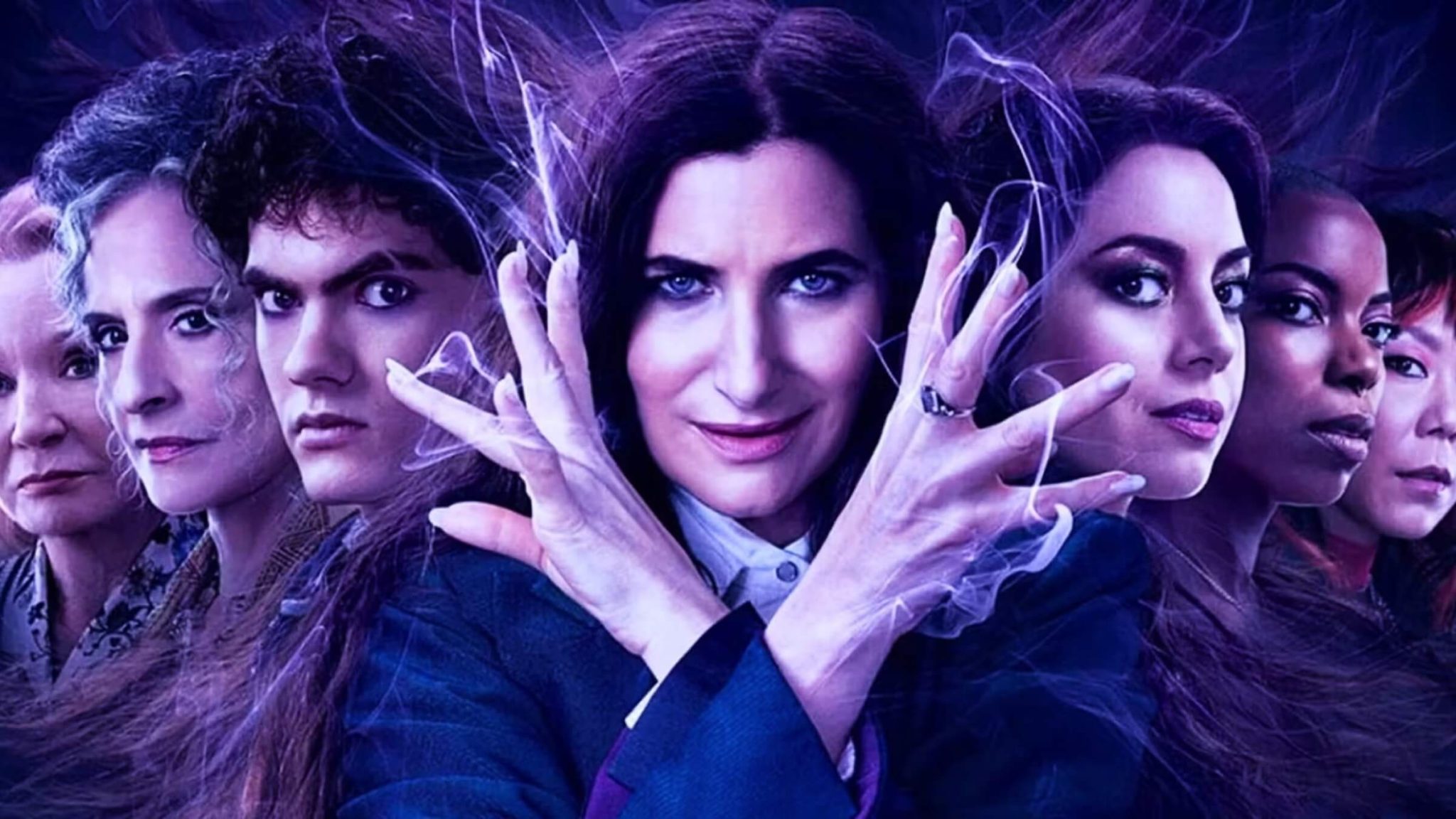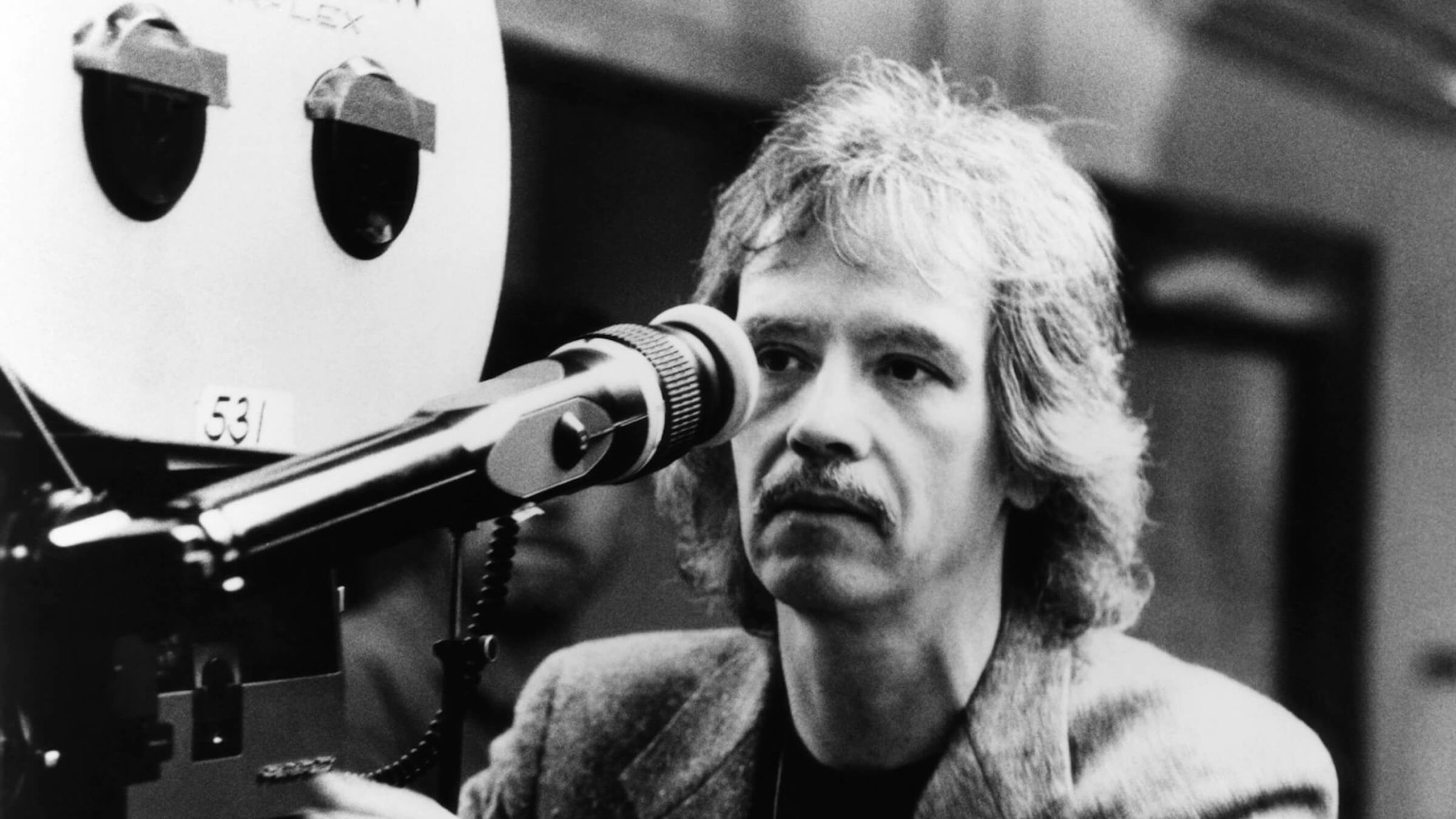A Horror Writer's Responsibility: What to Consider When Writing Violence

Violence and horror films have become fairly synonymous. While early genre films were censored into tameness, filmmakers in the 1960’s and 70’s managed to overcome the stringent Hayes code in order to depict atrocities as they occur. When reflecting the senselessness of the Vietnam war, or the nightmarish possibility of a home invasion, a film requires violence in order to feel real - it’s insulting to present such an issue sapped of the uncomfortable details. Yet, where does one draw the line between realism and indulgence, depiction and fetishization?
Have a horror script that needs to be read? Enter the ScreenCraft Horror Screenplay Contest here.
As a plot element, violence can have an immense effect, and in a range of ways.
One can hardly compare the harrowing detail of a Coen Bros. or Kathryn Bigelow film with the slapstick gore of Dead Alive and Evil Dead. Italian horror and Giallos are rarely realistic in their violence, but they take it to such aesthetic lengths that it becomes something else entirely. Today’s filmmakers continue to explore its stylistic potential - the blood on Game of Thrones hardly looks like the technicolor splatter in a Tarantino film. But, the question often isn’t how, it’s why.
Things have changed since the Hayes code lifted its barriers in the 1960s. Technology now allows us to recreate almost any act of violence on screen, with terrifying realism. This ability doesn’t necessarily give one the right to do so, does it? It is still a writer’s job to tell a story, create meaningful characters, and convey something to the audience. Sometimes brutality is essential in this process, but that doesn’t mean it can always be excused. The divide we face isn’t a technological one; it’s moral, and the boundaries are often poorly drawn.
Read More: How Evil Dead Rise Carries on Sam Raimi's DIY Filmmaking Legacy
Our culture has recently been saturated with a surplus of uncomfortably violent films.
With the first installment being a possible exception, the Saw franchise feels stacked on a series of convenient stereotypes without any real regard for human emotion or suffering. One gets the same sense from Eli Roth’s Hostel. The aggressively tone-deaf jokes, ludicrous dialogue and hideous behavior from the protagonists feel like insults to these people, who are about to go through hell.
The characters seem conjured for the sole sake of a creative demise, and we’re meant to be interested in the visual, not horrified by the act. 70’s exploitation flicks and 80’s slashers are often guilty of the same laziness, but the impact falls flat because the effects are also usually outdated. In the era of perfect silicone molds and airbrushing, prosthetics have become more realistic; thereby the violence is as well. When the line between film and reality fades, its content has more power, and this is easy to abuse.
These films aren’t necessarily bad - in fact, they’re often crafted with sharpness and style. When violence is used so casually, and with skill, it becomes difficult to distinguish. The blatant, black-and-white personalities in many of these films don’t allow for debate - either the characters deserve to die, or they don’t. This idea, that certain traits can make you more deserving of death, seems like a dangerous one to push, especially because this type of thinking still costs actual lives. This makes these supposedly-transgressive films feel disappointingly xenophobic, punishing people for arbitrary acts rather than exploring the true meaning of their images.

That isn’t to say that violence should be avoided altogether - censorship is equally as damaging.
For each trashy exploitation horror, there is a film that remains nuanced and genuine in its exploration. Claire Denis takes a horribly realistic approach to the deaths in her Gothic romance Trouble Every Day, forcing us to watch them in real time and focusing on the characters’ faces rather than their blood. Michael Haneke turns his home invasion film Funny Games into a sort of ironic punishment for the audience: no blood is spilled on-screen but cruelty and hopelessness pervade each scene, delivering the emotional fallout of evil with none of the cheap catharsis. One gets the sense from these films, and others like them, that the filmmaker disapproves of these images - a sentiment that carries into our viewing experience and forbids us from enjoying them.
Likewise, the films of the New French Extremity are unrelentingly bleak and find no joy in their violence. Martyrs may be nihilist and cold, but it doesn’t gloat about it, while Irreversible remains divisive but extensive in its depiction of assault. For better or worse, Haute Tension tells its story of relentless atrocity with craft and cunning - there are intelligent, daring people at its core, even if the end result is quite thankless. While the prosthetics may not be as elaborate, classics like The Texas Chainsaw Massacre and The Last House on the Left show the origins of this approach - they present violence in its full chaotic form without trivializing it, and often without the use of gore.

So, where’s the fine line?
There may not be one - we can’t impose restrictions on content just based on liters of blood and the extent of its cruelty. The issue remains, however, that storytellers can be careless in their depiction of violence. Tarantino writes his characters with depth and complexity, but the brutality they exact on each other can often feel disturbingly gleeful. Even the above-mentioned Giallos, more lurid artworks than narrative films, can feel hollow. In reality, these acts are often done coldly, void of consideration for pain and loss - it’s when our filmmakers appear to adopt that attitude without criticism or thought that cinematic brutality becomes a concern.
Before sitting down to write a violent film, maybe one should ask why they are doing so. The choices a screenwriter makes in their content will send a message regardless of whether or not one was intended; as storytellers, it is our responsibility to remember this and think deeply about how our choices will resonate. Do we want to glorify death and cruelty, or do we want to show it in its true form, grotesque and wasteful? There’s no easy set of rules to place on this debate, but the debate must be had regardless.
In a medium that has such a remarkable capacity for empathy, creators have a responsibility to speak to people, through people - and perhaps the wisest message isn’t one of destruction for destruction’s sake. If we’re going to witness pain, we should feel it, alongside all of its nuances and condemnations; because what happens when we lose our ability to feel horror?
 BEN LARNED is an independent genre writer and filmmaker based in Los Angeles. He has written for outlets such as Blumhouse, Bloody Disgusting, WeScreenplayand ScreenCraft. His column Forbidden Tomes is published twice a month on Daily Dead. His short stories have been published in The Book of Blasphemous Words, Danse Macabre, and WitchWorks.
BEN LARNED is an independent genre writer and filmmaker based in Los Angeles. He has written for outlets such as Blumhouse, Bloody Disgusting, WeScreenplayand ScreenCraft. His column Forbidden Tomes is published twice a month on Daily Dead. His short stories have been published in The Book of Blasphemous Words, Danse Macabre, and WitchWorks.
For all the latest ScreenCraft news and updates, follow us on Twitter, Facebook, and Instagram.
Get Our Screenwriting Newsletter!
Get weekly writing inspiration delivered to your inbox - including industry news, popular articles, and more!


